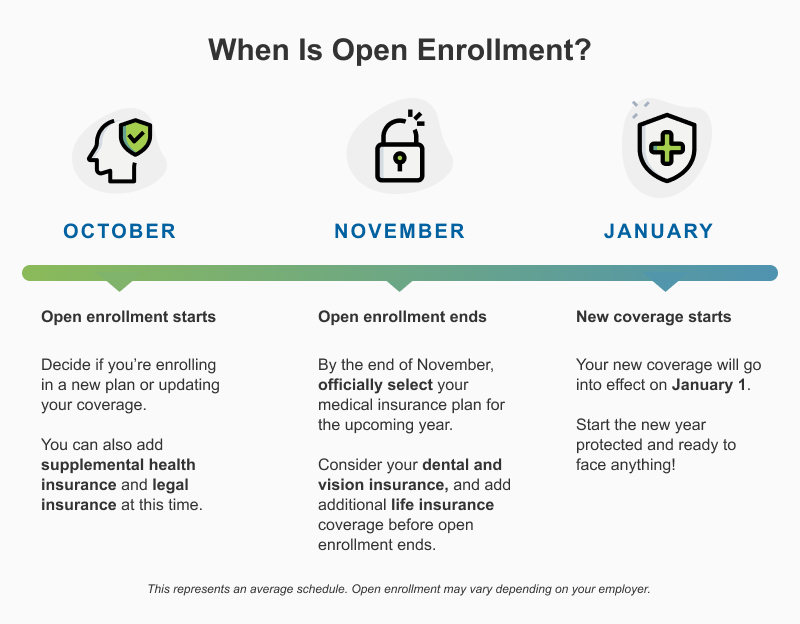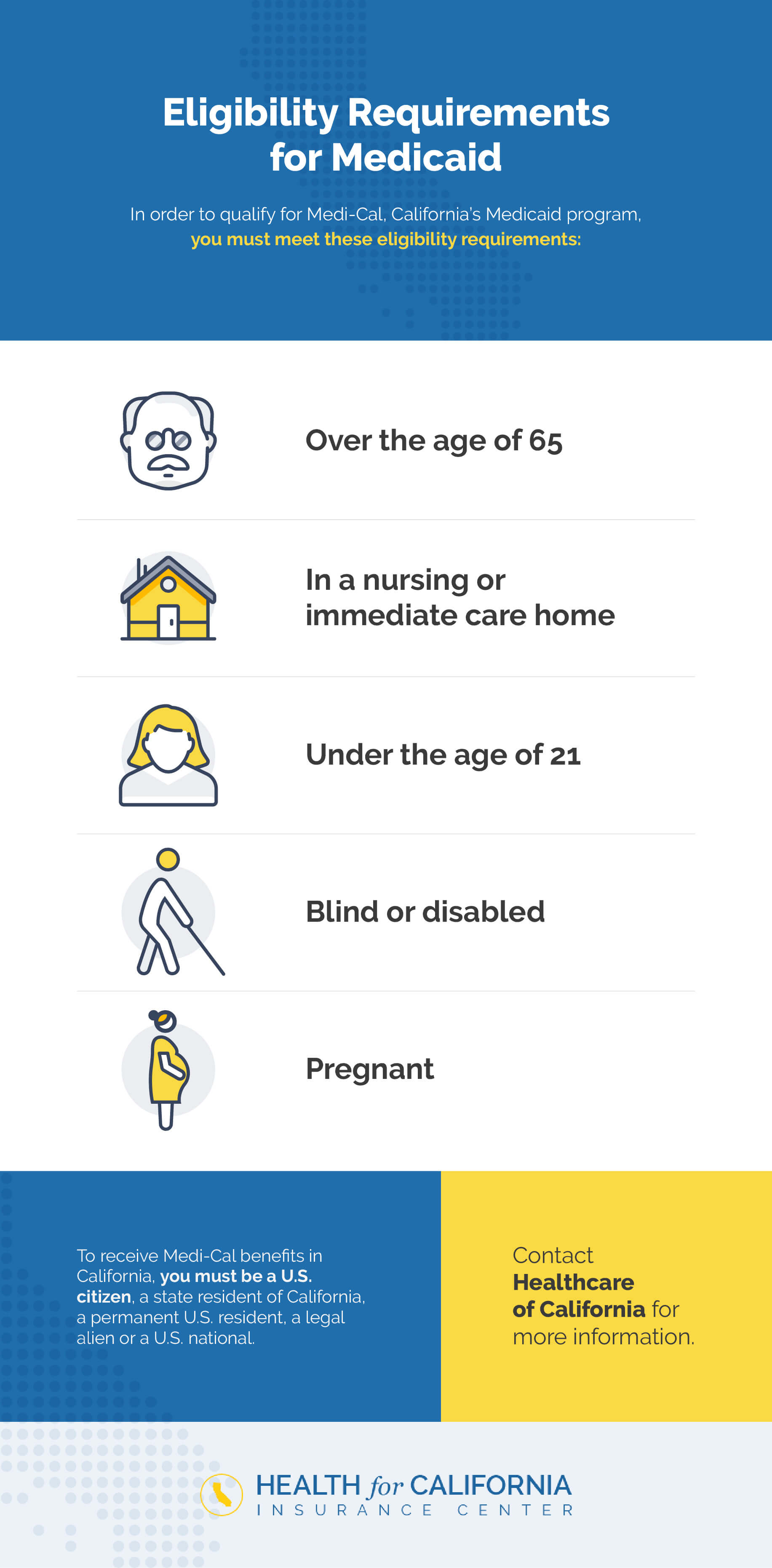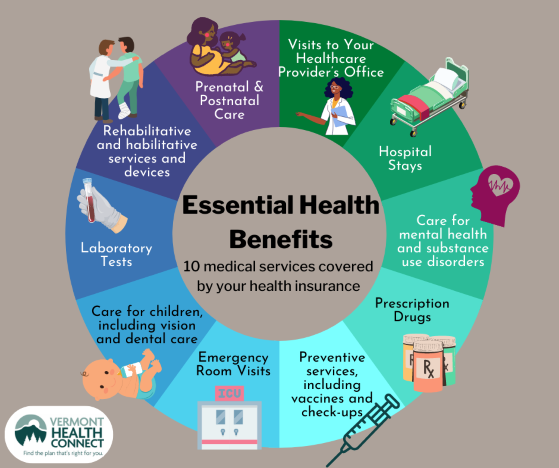Medicare Advantage Agent for Beginners
Medicare Advantage Agent for Beginners
Blog Article
Medicare Advantage Agent Can Be Fun For Everyone
Table of ContentsThe 10-Minute Rule for Medicare Advantage Agent3 Easy Facts About Medicare Advantage Agent ExplainedThe Main Principles Of Medicare Advantage Agent


follows from confusing the perplexing young reasonably profile of the uninsured with without insurance better health, health and wellness average, standard younger persons. For those without access to workplace health insurance coverage, inadequate health is a prospective barrier to acquiring nongroup coverage since such protection may be extremely valued, leave out pre-existing conditions, or be simply unavailable. Unless or else kept in mind, nationwide estimates of people without health and wellness insurance coverage and proportions of the population with different kinds of protection are based on the CPS, the most widely made use of source of quotes of insurance policy protection and uninsurance rates.

Medicare Advantage Agent Can Be Fun For Everyone
The connection in between wellness insurance and access to care is well developed, as documented later on in this phase. The connection in between health insurance policy and health and wellness outcomes is neither straight neither easy, a substantial clinical and wellness solutions research study literature web links wellness insurance coverage
to improved access to care, better qualityHigh quality and improved boosted individual population health statusStanding The second record, on personal health results for without insurance grownups, is stood for by the innermost circle of the number, while the 3rd report, on household well-being, encompasses the topics of the second report however stresses a different device of analysis, particularly, the family.
It focuses specifically on those without any health insurance coverage for any type of length of time. The troubles encountered by the underinsured remain in some respects similar to those faced by the without insurance, although they are generally less severe. Uninsurance and underinsurance, however, entail noticeably different plan problems, and the strategies for addressing them might vary. Throughout this study and the 5 reports to follow, the major emphasis is on individuals with no medical insurance and hence no assistance in paying for healthcare beyond what is available via charity and safety internet organizations. Health insurance is a powerful variable affecting invoice of care since both people and medical professionals reply to the out-of-pocket price of services. Medical insurance, however, is neither required neither enough to access to medical services. Nonetheless, the independent and direct impact of health
insurance protection on accessibility to health services is well established. Others will certainly obtain the health treatment they need even without medical insurance, by paying for it out of pocket or seeking it from carriers that provide care complimentary or at highly subsidized prices. For still others, medical insurance alone does not make certain receipt of treatment as a result of various other nonfinancial obstacles, such as a lack of wellness treatment service providers in their neighborhood, limited accessibility to transport, illiteracy, or linguistic and cultural differences. Official research study about uninsured populaces in the USA dates to the late 1920s and very early 1930s when the Board on the Cost of Healthcare produced a collection of records regarding financing medical professional office check outs and hospitalizations. This concern became prominent as the numbers of medically indigent climbed throughout the Great Clinical depression. Empirical studies continually support the link in between accessibility to care and improved wellness outcomes(Bindman et read what he said al., 1995; Starfield, 1995 ). Having a normal source of care can be taken into consideration a predictor of accessibility, instead than a direct action of it, when health and wellness end results are themselves used as access indicators. This extension of the concept of accessibility dimension was made by the IOM Board on Keeping An Eye On Gain Access To to Personal Health And Wellness Care Solutions(Millman, 1993, p. Whether moms and dads are guaranteed appears to affect whether or not their kids obtain treatment along with just how much careeven if the kids themselves have coverage(Hanson, 1998). The wellness of moms and dads can impact their capability to look after their kids and the degree of family members tension. Worrying concerning their youngsters's accessibility to care is itself a resource of tension for moms and dads. Three phases adhere to in this report. Chapter 2 supplies an introduction of how employment-based wellness insurance coverage, public programs and individual insurance policies run and engage to provide comprehensive but incomplete coverage of the U.S. populace. This consists of a review of historical patterns and public policies influencing both public and personal insurance, a conversation of the interactions amongst the various sorts of insurance, and an examination of why people move from one program to another or end up

Report this page